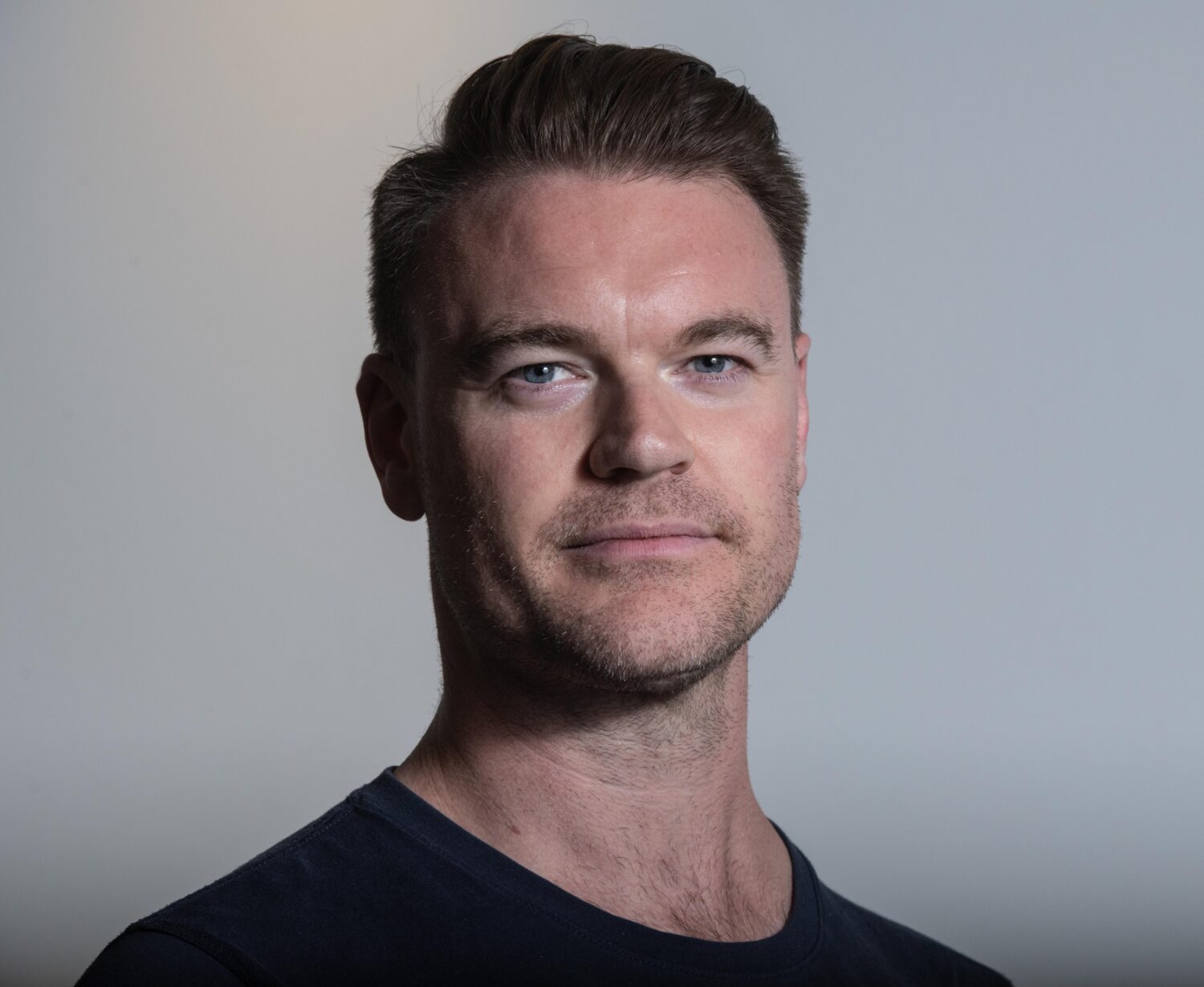
by Sophia Adamou — Sep 24, 2024
The Telegraph Media Group have changed how they think about challenges, to create innovative new products
Ultimately, we need to be someone new to create something new. This is the point of view expressed in a new book ‘Experiencing Design: The Innovator’s Journey’ by Jeanne Liedtka, Karen Hold and Jessica Eldridge. Their research makes the case that experiencing design and design thinking changes our brains and us in positive ways. Here at Design Thinkers Academy London, we see that change through the exciting things that our alumni go on to do with design thinking. Tom Armitage, Head of Talent and Performance at The Telegraph newspaper, attended our Design Thinking Bootcamp in October 2023. He believes design thinking has changed how he tackles challenges, making him more innovative.

“It has taken my career in a different direction…opened up a new avenue”
We heard he was using his newfound Design Thinking skills to run Hackathons for The Telegraph Media Group (TMG), with good results and visited him at the newspaper to learn more.
Tom comes from a family of educators. His mother and sister were both teachers. He shares their love of learning and the drive to support others to learn too. He is on his 4th post graduate qualification!
“I was always interested in learning and helping others to learn…but also fascinated by business”
Tom believes it is vital to create a culture of continuous learning, in this age of rapid technological advancement. The Telegraph does this via their own learning-hub called the Academy, providing workshops, 1:1 coaching, on demand e-learning and more, to keep their teams well-skilled.
“The very best businesses have a culture of continuous learning”
Over a year ago, TMG’s product department wanted to run a Hackathon to generate new products that would increase subscriptions. They wanted employees to think differently about existing challenges. This brought Tom to Design Thinkers Academy London’s door to learn how to run hackathons in-house Seeing the courses we offer sparked a desire in him to learn the full Design Thinking and innovation process.
“Why don’t we just build this capacity and capability internally?”
Bootcamp – the benefits
Tom enrolled on our Design Thinkers Bootcamp, where delegates learn by doing from expert practitioners. They apply key design thinking tools and methods on a real challenge over an intense 5-day Design Sprint.
“The attention and care the facilitators gave us as a group…felt like a real privilege”
Tom’s course highlights are:
- Working on a real challenge. We change Bootcamp challenges all the time, but they are always for a good cause. In Tom’s case the challenge was looking at sustainable fashion.
- The mixture of people who attend is stimulating. Tom enjoyed meeting a diverse group of people he would not normally have contact with, including international participants from the Philippines and Czech Republic.
- The spacious learning environment with good natural light and all the right tools.
- The level of attention and care from such clearly experienced coaches. This meant that instead of feeling daunted, participants felt safe and supported. He believes that in addition to tools and method, he learned a lot about good facilitation by osmosis, through observing how well exercises were run by our experts.
Design Thinking, Design Sprints and Hackathons
Design Sprints and Hackathons are similar concepts. They both exist as a way of finding creative solutions to a problem, within a limited time frame. Design Sprints follow a clear design thinking methodology, they ask a well-defined question and limit the number of participants to relevant stakeholders. They focus on creating fresh concepts that are achievable, desirable and feasible. Hackathons often set a broader or inspirational ‘blue sky’ challenge such as ‘How do we build the City of Tomorrow?’ They may be attended online by thousands of people and are sometimes run for promotional or talent acquisition purposes. Ideation can become a secondary goal. TMG have taken their Hackathons firmly along the Design Thinking route with great purpose and results.
Three Hackathons and more to come
After running their first Hackathon for 35-40 people, Tom and his team quickly discovered they needed more Facilitators. For their 2nd and 3rd Hackathons they included more people who had trained with us at Design Thinkers Academy London. Hackathon feedback was positive right from the start. The delivery team feel they are making better judgements on which tools, methods and icebreakers to use. They have honed their delivery skills as they go and enjoyed the journey.
The first hackathon focused on readers, the second on puzzles and the third on editorial content.
“They came up with amazing ideas – one of them is hopefully going into production soon. I can’t say what it is, but it is very exciting”
The Impact
Design thinking ideation techniques are now used by Telegraph teams regularly. Tom and the Telegraph Learning Hub have set up their own ‘Product Academy’ which has captured all the design thinking tools and methods they currently use. They are training more colleagues in Design Thinking and Facilitation this year. The goal is to build robust capability to futureproof design thinking skills at the Telegraph.
“People are using elements from the Hackathon, especially ideation… it is lovely to see”
The Hackathons have proved to be an enjoyable way to bring people together with a purpose and have led to innovation and new products. They have boosted engagement with innovation from the Telegraph leadership and collaboration between departments. Attendees enjoy the atmosphere. They are soon fizzing with ideas and energy and helping colleagues to rise to meet creative challenges. In addition, the Hackathons build alignment and anticipation for new innovations as they happen, making their launch easier.
“Getting people in the room, engaged with an idea that might become a reality and feeling part of it”
Give it a go
Tom has already recommended Design Thinkers Academy London and our Bootcamp to friends. He considers the skills that he learned with us to be very transferable – helpful for collaborations big and small, from running effective meetings, to large innovation programmes or ‘fast and dirty’ Hackathons or Design Sprints. His advice to others contemplating the course is that ‘your peers and the coaches are on your side, don’t be perfectionist – give it a go. Embrace any mistakes and learn from them.’

